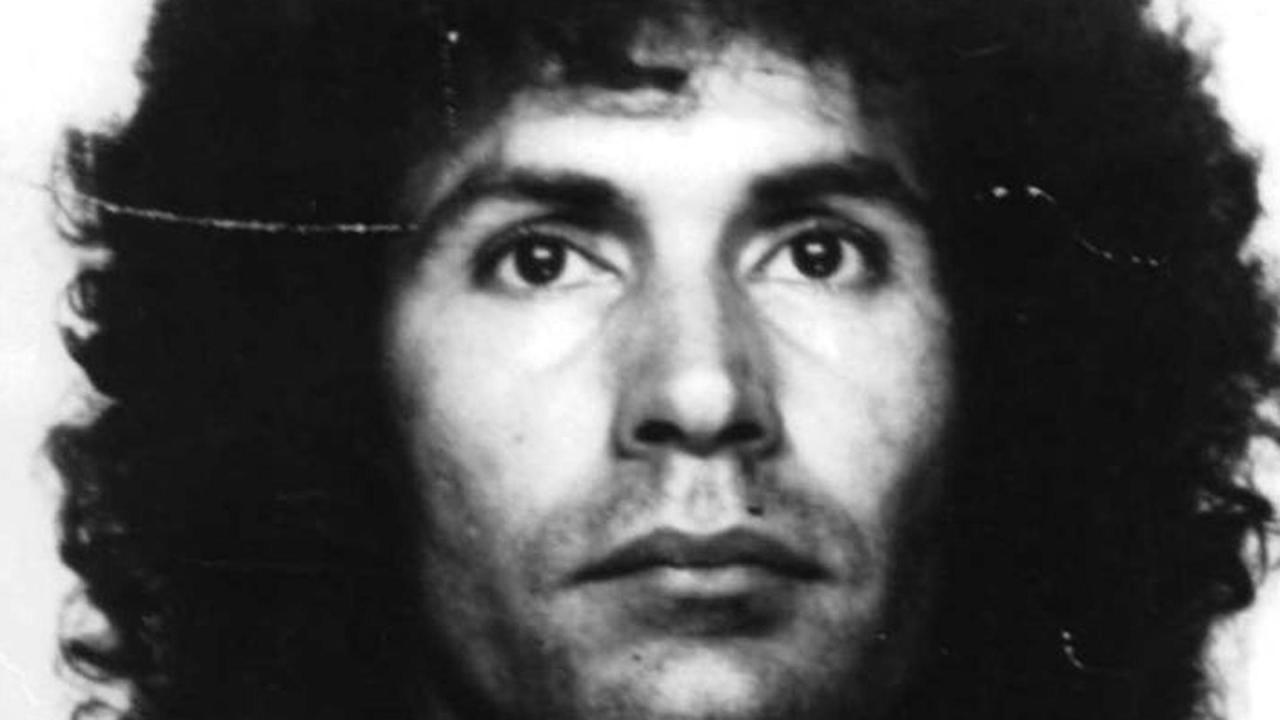Unveiling the chilling confessions of a notorious serial killer, the Rodney Alcala interview offers an unprecedented glimpse into the twisted mind of a predator who terrorized the nation for decades. Prepare to delve into the macabre world of Alcala, as we dissect his motivations, unravel his crimes, and examine the lasting impact of his heinous acts.
Related Individuals
Cheryl Bradshaw was a woman who was abducted and murdered by Rodney Alcala in 1978. She was a 22-year-old flight attendant who was on her way home from a trip when she disappeared. Her body was found a few days later in a shallow grave in Los Angeles County.
Bradshaw’s murder was one of the most high-profile cases of Alcala’s killing spree. Her case helped to bring attention to the danger of serial killers and led to Alcala’s eventual capture.
In 2019, the film “Woman of the Hour” was released, which tells the story of Bradshaw’s murder and the investigation that followed. Anna Kendrick played the role of Bradshaw in the film.
Anna Kendrick
Anna Kendrick is an American actress and singer. She is known for her roles in films such as “Pitch Perfect,” “Up in the Air,” and “Into the Woods.” Kendrick’s portrayal of Bradshaw in “Woman of the Hour” was praised by critics.
The Dating Game Killer
Rodney Alcala’s Appearance on “The Dating Game”
Rodney Alcala, a notorious serial killer, appeared on the popular dating game show “The Dating Game” in 1978. He was a contestant vying for the affection of Cheryl Bradshaw, who ultimately chose another contestant. Alcala’s appearance on the show was disturbing, with him making inappropriate comments and displaying odd behavior.
The Show’s Role in His Capture
Alcala’s appearance on “The Dating Game” played a crucial role in his eventual capture. After his crimes came to light, his photo from the show was widely circulated, leading to his identification and arrest. The show’s producers were also instrumental in providing the police with information about Alcala’s appearance and behavior during the taping.
Impact on the Dating Game Show Industry
The Rodney Alcala incident had a significant impact on the dating game show industry. Producers became more cautious about screening potential contestants, and background checks became a standard practice. The case also raised concerns about the potential for dangerous individuals to use such shows as a platform to exploit vulnerable people.
Victims of Rodney Alcala: Rodney Alcala Interview
Rodney Alcala, also known as the “Dating Game Killer,” was a serial killer who committed multiple murders in the 1970s. Alcala’s victims were primarily young women, and his crimes had a devastating impact on their families and communities.
Rodney Alcala’s chilling interview, in which he discusses his crimes in disturbing detail, has shed light on his twisted psyche. His appearance on the popular dating show, Rodney Alcala: The Dating Game , only further highlights the manipulative and predatory nature of this serial killer, whose interviews continue to provide valuable insights into the minds of such heinous criminals.
Known Victims, Rodney alcala interview
The following table lists Rodney Alcala’s known victims:
| Name | Age | Circumstances of Death |
|---|---|---|
| Cornelia Crilley | 23 | Strangled and beaten |
| Ellen Jane Hover | 12 | Strangled and beaten |
| Jill Barcomb | 18 | Strangled and beaten |
| Georgia Wixted | 27 | Strangled and beaten |
| Charlotte Lamb | 32 | Strangled and beaten |
| Anne Hurd | 23 | Strangled and beaten |
| Marilyn Carell | 21 | Strangled and beaten |
| Dorothy Keeler | 14 | Strangled and beaten |
| Robin Samsoe | 12 | Strangled and beaten |
| Bridget Wilford | 19 | Strangled and beaten |
Alcala’s crimes left a lasting legacy of pain and suffering for the victims’ families and friends. Many of the families have spoken out about the impact of Alcala’s crimes, and they have worked to raise awareness about the dangers of sexual predators.
Capture and Imprisonment of Rodney Alcala
Rodney Alcala’s eventual capture was the result of a vigilant detective and a crucial tip from a concerned citizen. In 1979, Alcala was linked to the murder of 12-year-old Robin Samsoe after her body was discovered in the Hollywood Hills. Detective Jim Hamill took charge of the investigation and delved into Alcala’s past, uncovering a trail of violent crimes.
Arrest and Trial
Hamill discovered that Alcala had been arrested in New Hampshire in 1978 for the attempted murder of a 13-year-old girl. The girl had escaped and provided a detailed description of her attacker, which matched Alcala’s appearance. Armed with this evidence, Hamill secured a warrant for Alcala’s arrest.
Alcala’s trial commenced in 1980, and the prosecution presented a compelling case against him. The evidence included eyewitness testimony from Samsoe’s murder, forensic analysis linking him to other unsolved murders, and a chilling collection of Polaroid photographs depicting young women in compromising positions.
Jury Verdict
After a lengthy trial, the jury deliberated for several days before reaching a verdict. Alcala was found guilty of first-degree murder and sentenced to death. The jury’s decision was based on the overwhelming evidence presented against him, which established his pattern of predatory behavior and violent crimes.
Legacy of Rodney Alcala
The heinous crimes committed by Rodney Alcala left an indelible mark on society, forever altering the landscape of criminal profiling and forensic investigation. His case raised profound ethical and legal questions that continue to resonate today.
Impact on Criminal Profiling and Forensic Investigation
Alcala’s case demonstrated the crucial role of psychological profiling in identifying and apprehending dangerous criminals. The FBI’s Behavioral Science Unit, established in the wake of Alcala’s crimes, revolutionized the field of criminal profiling, enabling law enforcement to better understand and predict the behavior of serial killers.
Moreover, Alcala’s case highlighted the importance of DNA evidence in forensic investigations. The advancements in DNA technology, which played a pivotal role in identifying Alcala’s victims, have since become an indispensable tool in solving countless crimes.
Ethical and Legal Issues
Alcala’s case raised complex ethical and legal issues. His conviction and subsequent death sentence sparked a debate about the morality of capital punishment and the rights of the accused.
Additionally, the discovery of Alcala’s photographic collection, which contained images of potential victims, raised concerns about privacy rights and the potential misuse of technology. These issues continue to be grappled with by law enforcement and policymakers alike.
Final Conclusion
The Rodney Alcala interview stands as a haunting testament to the depths of human depravity. Alcala’s chilling words and disturbing insights provide a sobering reminder of the evil that lurks in the shadows, forever etching his name in the annals of true crime.



